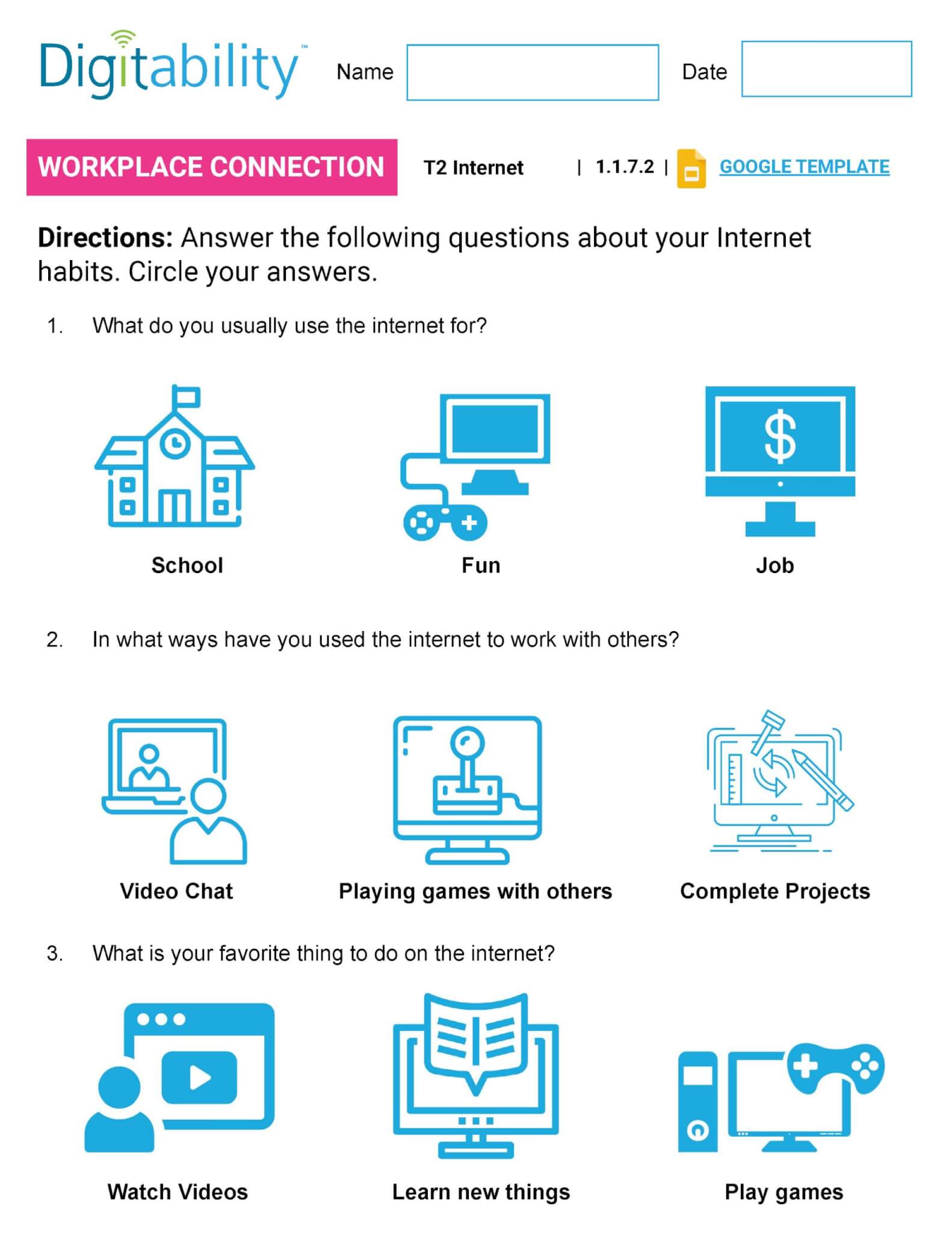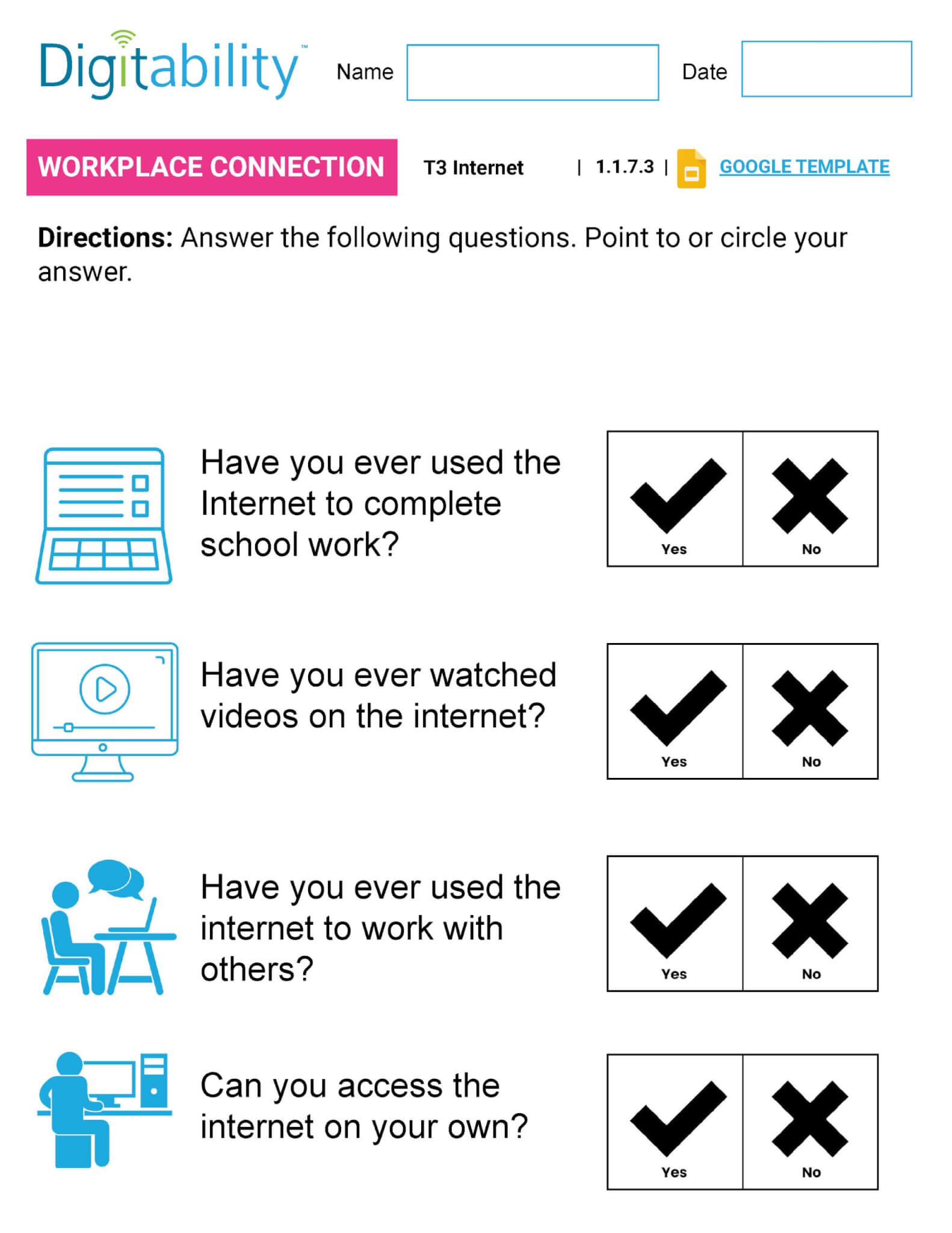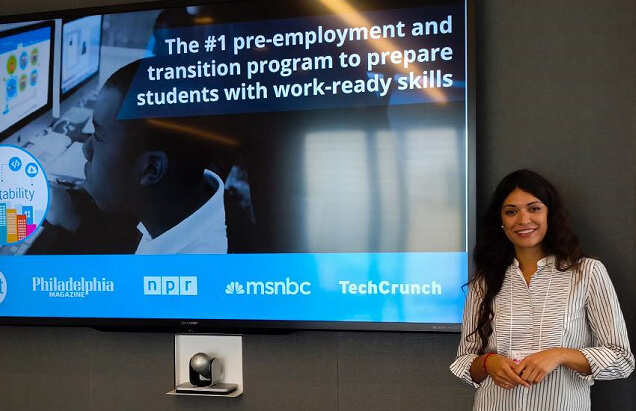Modifying Instruction During the Workplace Connections Activity
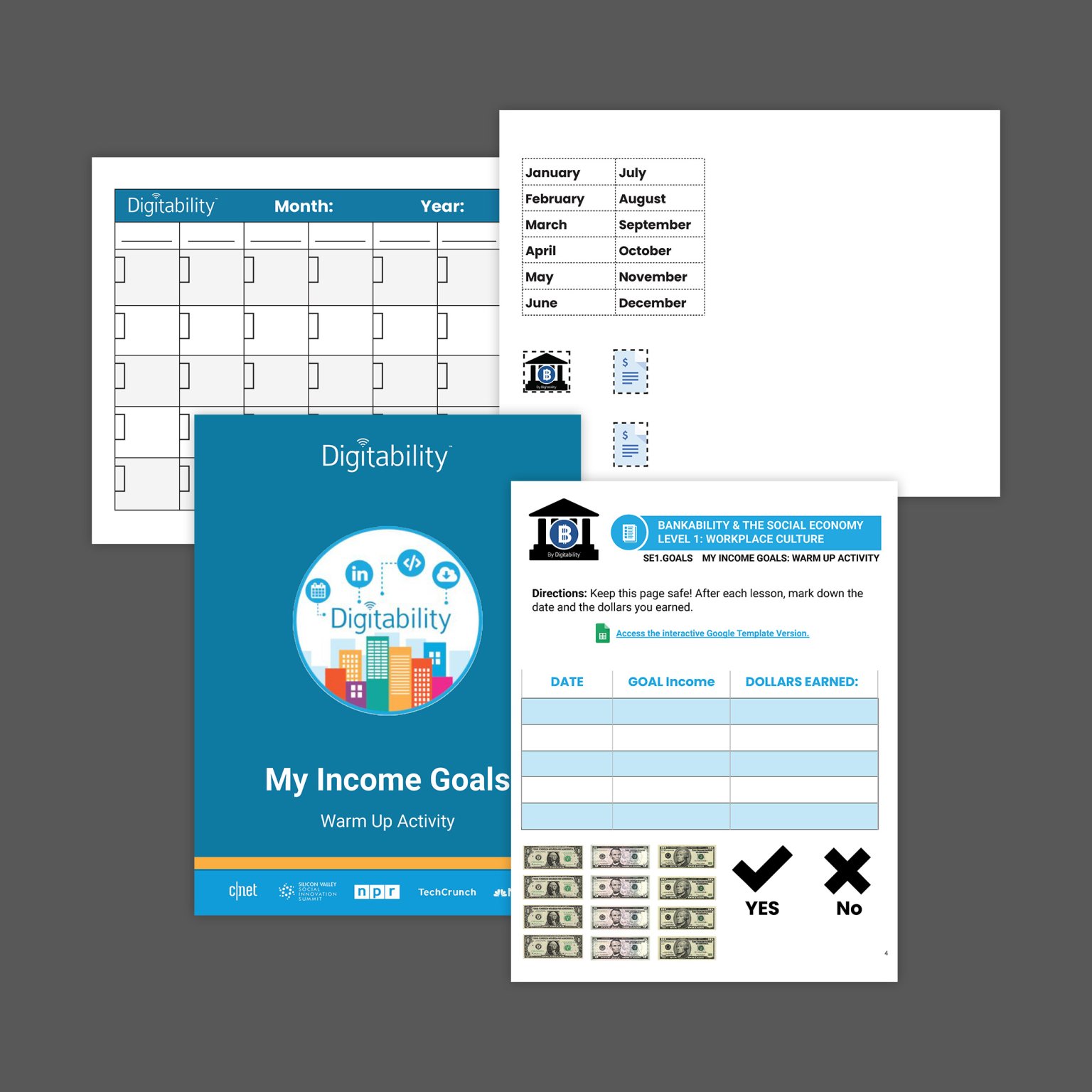
No Two Students are the Same; Neither are their IEP Goals
Each student requires something different when it comes to their list of IEP goals. Every day teachers are charged with finding ways to engage, support, motivate and differentiate for each of their students.
Digitability has organized strategies for streamline evidence-based practices for any given classroom with a wide-range of student needs including varying cognitive abilities, expressive and receptive language, self-regulation skills, and age-appropriate behavior. It’s a tall order for life skills teachers to manage.
Get Your FREE Quote Today!
Overview of the Workplace Connections Activity
The Wrap Up section of the Digitability Lesson Plan includes Workplace Connections Activities. These activities are designed to help learners make the connection between the keyword(s) and workplace. Similar to the Exit Ticket, teachers may give learners deadlines for completion of this activity and assign dollars when these deadlines are met. Each Workplace Connections Activity has three levels. Each of the three levels are also linked in each lesson plan as Google Templates to be completed on the computer.
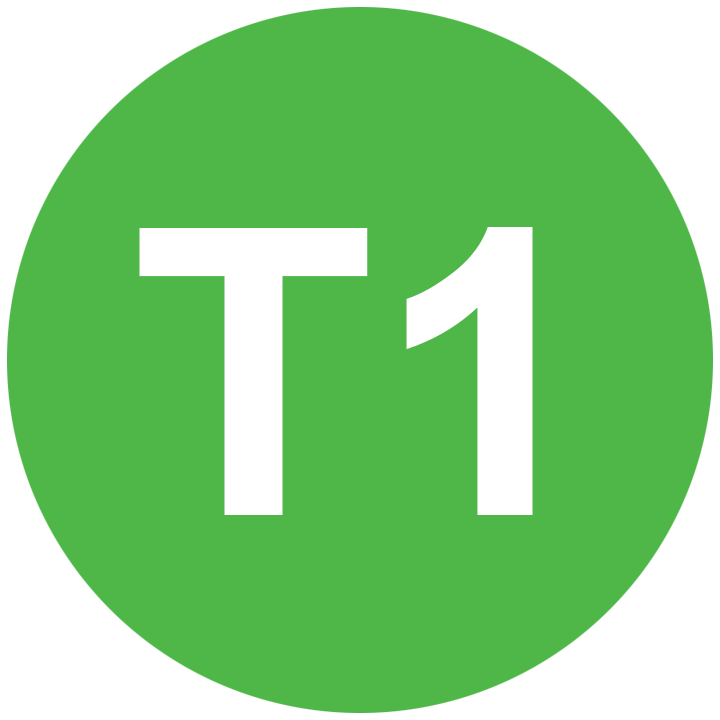
Workplace Connections Activity T1 is a resource that is targeted toward students with strong reading comprehension and writing skills. They include fewer picture supports and writing in full sentences.
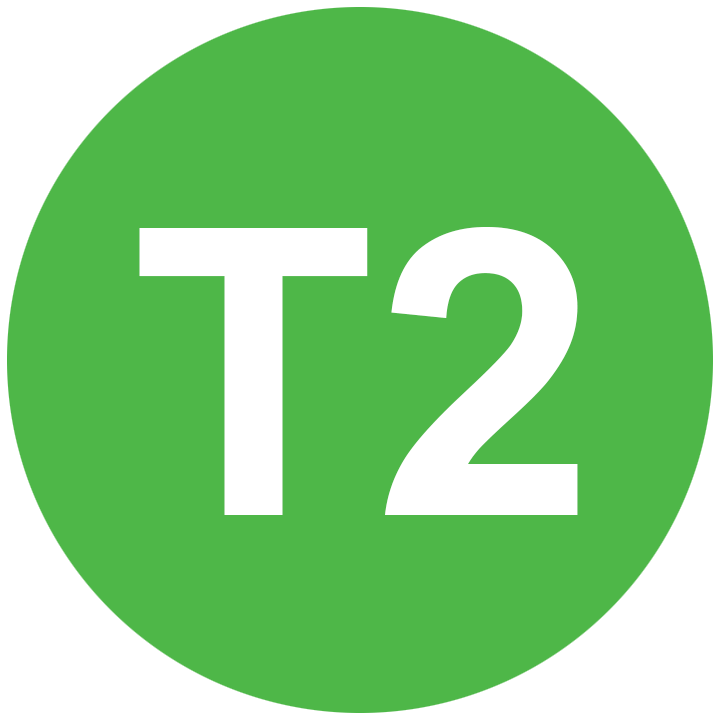
Workplace Connections Activity T2 is a resource that is targeted toward students with some reading comprehension and writing skills. They include more picture supports and less writing.

Workplace Connections Activity T3 is a resource that is targeted toward students with little comprehension and writing skills. They include mainly picture supports and little to no writing.
The Wrap Up also includes an Independent Practice activity. Students will practice self-regulation and adhering to workplace boundaries through the Independent Practice. Students will earn Following Directions Dollars for unlocking badges that have been assigned to them. However, learners who work ahead of the assigned badge and unlock badges that have not been assigned will pay a Not Following Directions fine of $1. In order for students to complete the Independent Practice, they will have to login on their technology. Some students may require more support to do this and to stay on task while doing so. For those students, a teacher or support staff can help the student login and actively monitor their work on the Independent Practice.
Meet the Student Personas
Note: The following personas are meant to illustrate a range of cognitive, communicative and behavioral needs for a wide-range of learning styles. These personas were created to help teachers identify the characteristics and associated strategies for their students needs.

Advanced Tier 1 Student: Drew can read, write, and comprehend paragraphs. Academically, he is one year below grade level. He is reinforced by getting time to use his phone during school. Drew has low motivation to complete assignments. He has difficulty with self-regulation and responsible decision making. He also has difficulty with impulse control. Drew is charismatic and his peers are drawn to him, giving him the potential to be a leader.

Tier 1 Student: Marcus can speak in 2-3 sentences and is able to read and comprehend paragraphs. He is reinforced by watching videos on Youtube. Marcus’ behaviors that impede learning include interrupting and complaining. He consistently is helpful with other students in the class and is a strong problem solver.

Tier 2 Student: Abbey can speak in 4-5 word utterances, and she is able to read with little comprehension. Abbey is reinforced by listening to music. She has some behaviors that interfere with learning, such as making off topic comments and teasing others. Abbey tends to perseverate on fairies and princesses, which contributes to her off topic comments. However, Abbey is an active participant in lessons and frequently shares with her peers.

Tier 3 Student: Jonathan is primarily nonverbal, he uses a communication device inconsistently, and knows some signs. He is not yet reading and has limited listening comprehension. Jonathan is reinforced by playing computer games. He demonstrates behaviors that interfere with learning, such as aggressive behavior and not following directions. However, Jonathan consistently greets others and likes to participate in lessons.
Strategies for an Advanced Tier 1 Student

Advanced Tier 1 Student:
Functional Academics: Can read, write, and comprehend paragraphs; Academically, he is one year below grade level.
Language: Age-appropriate
Reinforcers: Time to use his phone during school
Behavior: Low motivation to complete assignments. Difficulty with self-regulation and difficulty with impulse control.
Strengths: Charismatic and his peers are drawn to him, giving him the potential to be a leader.
During the Workplace Connections Activity: To complete Workplace Connections Activity, Drew should be given the T1 resource, which is a series of short answer questions. Because Drew has strong reading comprehension skills, this resource will best support his learning. He can either complete this resource as a printed worksheet or on a Google Doc template that is linked in the lesson plan. When given the activity to complete, Dew may be off task and draw pictures on the worksheet instead of completing his work.
Strategies for Addressing Off Task Behavior
- When the teacher notices that Drew is off task, the teacher should remind Drew of the expected behavior in order to earn Participation Dollars, and prompt him to return to the task.
- “Drew, when you complete your workplace connections activity I can give you Participation Dollars that you can use toward buying time on your cell phone. We have a few minutes left, work on your activity so that you can earn Participation Dollars.”

The teacher can prompt Drew back to task, starting with a verbal prompt by reading the first question aloud to Drew. “What do you usually use the internet for?” The teacher can also pair it with a gestural prompt of pointing to the first question.
- When Drew returns to task and completes his Workplace Connections Activity, the teacher should provide immediate feedback using the embedded Digitability language formulas.
repeat the answer + describe the behavior + deliver consequence
"Drew completed his activity, great job earning a Participation Dollar!"
In Level 2 of Digitability's Workplace Behavior Unit, students will identify and practice both the behaviors that will support their success in the workplace, as well as those behaviors that can be perceived as problematic. In these lesson plans, Digitability will explicitly explain how complaining impacts the workplace and depict strategies for developing self-regulation skills and a self-advocacy plan. In this level of Digitability, the teacher can utilize the Social Economy to assign a $1 fee for complaining to help Drew analyze the frequency of this behavior and strengthen his strategies for self-regulation. To learn more, contact our team.

- What is an Extinction Burst? It is important to understand that with some interventions the behaviors may seem to increase in frequency, intensity or duration before they begin to decrease. This is called an extinction burst. Evidence-based practices embedded in Digitability's Social Economy are tools that should be used consistently in order to be effective. It won't be a one-and-done solution!
Strategies for a Tier 1 Student

Tier 1 Student:
Functional Academics: Can read and comprehend paragraphs
Language: Can speak in 2-3 sentences
Reinforcers: Watching videos on Youtube
Behavior: Interrupting and Complaining
Strengths: Consistently helpful with other students, strong problem solver
During the Exit Ticket Part 1: Marcus should be given the T1 resource, which includes short answer questions.. Because Marcus has reading and comprehension skills, this resource will best support his learning. Marcus can either complete the activity as a printed worksheet, or on a Google Doc template that is linked in the lesson plan. This gives Marcus the opportunity to either write or type his response. While Marcus is completing his activity, he may walk over to his teacher and interrupt them while working with another student.
Strategies for Addressing Interrupting
- By interrupting the teacher, Marcus is engaging in the behavior to gain the attention of the teacher. Knowing this, the teacher’s attention will be reinforcing to Marcus, and should not be given when he interrupts. Instead, the teacher should provide as little attention as possible and redirect Marcus to engage in an appropriate behavior to gain attention, such as raising his hand.
- When Marcus interrupts, the teacher should limit eye contact and verbalizations. The teacher should gesture back to Marcus’ seat and give a clear directive, “Marcus, raise your hand so I can come talk to you.”
- Once Marcus returns to his seat and engages in the appropriate behavior of raising his hand, then the teacher can reward him by giving him the attention he was looking for.
- When Marcus completes his activity without interruptions, the teacher should provide immediate feedback using the embedded Digitability language formulas.
repeat the answer + describe the behavior + deliver consequence
"Marcus completed his Workplace Connections Activity, great job earning a Participation Dollar!"
- In Level 2 of Digitability's Workplace Behavior Unit, students will identify and practice more behaviors in the workplace that will support their success in the workplace as well as those behaviors that can be perceived as problematic. In these lesson plans, Digitability will explicitly explain how complaining impacts the workplace and strategies for developing self-regulation skills and self-advocacy plans for the workplace. To learn more, contact our team.
Strategies for a Tier 2 Student

Tier 2 Student:
Functional Academics: Can read with little comprehension, some writing skills, low IQ
Language: Speaks in 4-5 word utterances
Reinforcers: Listening to music
Behavior: Making off-topic comments due to perseverating on fairies and princesses, teasing others
Strengths: Actively participates in lessons, frequently shares with peers
During the Exit Ticket Part 1:. Abbey can be given the T2 resource, which includes picture supported multiple choice questions. Because Abbey has some reading and little comprehension skills, this resource will allow her to demonstrate her understanding while her comprehension is supported by the images. She can either complete the activity as a printed worksheet, or on the Google Template that is linked in the lesson plan. This gives Abbey the opportunity to either write or type and draw her responses. While completing her work, she may begin to make off-topic comments about princesses.
Strategies for Addressing Off Topic Comments
- The teacher can provide a verbal reminder to Abbey by saying, “Abbey, remember, it is time to complete your Workplace Connections Activity. Let’s use a quiet voice so you and your classmates can focus.”
- The teacher can also use Positive Narration to redirect Abbey’s comments. The teacher can say “I see Marcus is working on his work quietly, he is earning Participation Dollars. Who else is earning Participation Dollars by quietly working on their activity?”

The teacher can also provide visual and gestural reminders to Abbey, by showing her the quiet voice signal, with a finger over lips.
- When Abbey completes her activity quietly, the teacher should provide immediate feedback using the embedded Digitability language formulas.
repeat the answer + describe the behavior + deliver consequence
"Abbey completed her activity, great job earning a Participation Dollar!"
- In Level 2 of Digitability's Workplace Behavior Unit, students will identify and practice more behaviors in the workplace that will support their success in the workplace as well as those behaviors that can be perceived as problematic. In these lesson plans, Digitability will explicitly explain how complaining impacts the workplace and strategies for developing self-regulation skills and self-advocacy plans for the workplace. To learn more, contact our team.
Strategies for a Tier 3 Student

Tier 3 Student:
Functional Academics: Not yet reading, limited listening comprehension, low IQ
Language: Primarily nonverbal, uses a communication device inconsistently, knows some signs
Reinforcers: Playing computer games
Behavior: Aggressive behavior, not following directions
Strengths: Consistently greets other, enjoys participating in lessons
During the Exit Ticket Part 1: Jonathan can be given the T3 resource, which includes yes or no questions. Because Jonathan has limited reading and listening comprehension, this resource will allow him to actively participate by answering questions in a yes or no format. He can either complete the activity as a printed worksheet, or on the Google Template that is linked in the lesson plan. This gives Jonathan the opportunity to either write or type and draw his responses. Jonathan may whine or complain when presented with the worksheet.
Strategies for Addressing Not Following Directions
- The teacher should remind Jonathan of the reinforcement contingency and the expected behaviors. “Jonathan, you are working to earn Participation Dollars so that you can purchase time on your computer games. To do that, you need to complete your workplace connections activity. Once you do, you’ll earn Participation Dollars! Let’s try again.”
- Once he’s been reminded of the expectations to earn dollars, the teacher should prompt him to get started. The teacher can read aloud the first question, showing Jonathan the Yes and No answer choices.

The teacher can gesture toward the correct answer to prompt him toward answering. The teacher can also give a partial physical prompt and guide Jonathan’s hand toward the correct answer.
- When Jonathan completes his activity, the teacher should provide immediate feedback using the embedded Digitability language formulas.
repeat the answer + describe the behavior + deliver consequence
"Jonathan finished his Workplace Connections Activity, great job earning a Participation Dollar!"
- In Level 2 of Digitability's Workplace Behavior Unit, students will identify and practice more behaviors in the workplace that will support their success in the workplace as well as those behaviors that can be perceived as problematic. In these lesson plans, Digitability will explicitly explain how complaining impacts the workplace and strategies for developing self-regulation skills and self-advocacy plans for the workplace. To learn more, contact our team.
If you need additional resources or assistance in differentiation, reach out to your coach!


